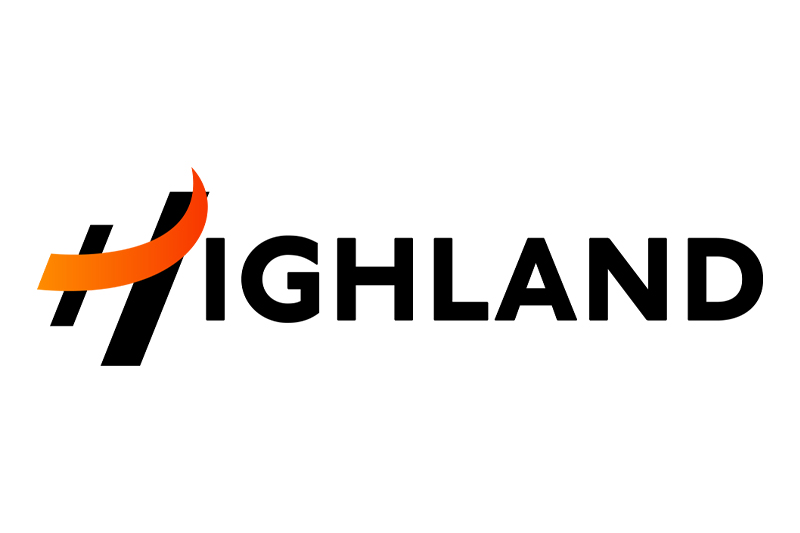The Highland Marketing advisory board asked what chief information officers need to know about it; and how they can make the most of the opportunities that will come from integrating device data with medical records.
Its scope is enormous: the strategy says med tech is “any product designed to help us understand and improve people’s health” that doesn’t involve “pharmacological, immunological or metabolic means.”
Or, to put it another way, “everything from sticking plasters to life-saving blood tests and robotic surgery.” The strategy’s aims are two-fold. First, to learn the lessons of Covid, when med tech attracted a lot of attention, but supply chains collapsed in some areas, and second to grow a UK industry to support the economy.
To deliver, the DHSC sets out a “vision” of “the right product, in the right place, at the right time” – and then goes on to discuss what this might mean. The right product will be one that is safe, effective, well-regulated, in line with clinical priorities, and promoting sustainability, for example.
While the right price will be one that shows value for money across the patient pathway, is reasonable for the NHS, and sustainable for suppliers, and the right place will make products available to UK healthcare, via secure supply chains.
When the Highland Marketing advisory board met to discuss the strategy, entrepreneur Ravi Kumar was optimistic. “We spend almost as much on med tech as we do on pharma,” he said, noting that the strategy estimates the NHS spends around £10 billion a year with the sector.
“But it has always been a bit of a cottage industry in the UK, with a lot of small suppliers. So, just getting the government’s attention for this is good, and I think the vision is the right one. If we can sort out regulation, post-Brexit, that will help us to actively export what we import now.”
Blurring the line between med tech and health tech
Med tech is so broad that most chief information officers are likely to encounter just a small segment of it; the devices that need to be connected to their networks or integrated with their IT systems and patient records. In a hospital, this includes the devices that monitor a patient’s condition or deliver drugs and other treatment.
Out in an integrated care system, though, it’s likely to cover the rapidly rising list of point of care testing and remote monitoring devices that are linked to apps and dashboards to support digital outpatients, follow-up, virtual wards, and other new models of care.
In fact, Ravi argued: “digital medicine is blurring the line between med tech and health tech. A lot of apps these days are medical devices. So, we are seeing the birth of a new industry; one that will develop in the cloud. The big cloud-providers, like Amazon, and Microsoft, and Google, are churning out new class 2 medical devices every month, and we need to catch-up.”
The hospital challenge: securing and integrating devices
Neil Perry, a consultant who, until recently, was chief information officer at Dartford and Gravesham NHS Trust, was concerned about med tech in hospitals. Listing some of the problems, he said a lot of kit is very old, very analogue, and hard to integrate, while the vital signs monitors, infusion pumps and other devices that are connected to the network are notoriously hard to secure.
He identified a couple of things that could help: a national push for trust CIOs to draw up strategies to get their medical devices integrated with their electronic patient records, and a national contract or framework for crawling technology, so devices can be found, security issues identified, and appropriate action taken.
He pointed out that all trusts are supposed to be aiming for Level 5 on the HIMSS EMRAM maturity model, which includes device integration. “So, in a way, we have been told to do it, and I think we just need to crack on.”
The ICB challenge: capturing and using device data
Nicola Haywood-Alexander, a CDIO in the police force, who formerly worked for the NHS Lincolnshire integrated care system, argued that strategic thinking is also needed at the ICB-level. “When I was working as an ICB CIO, I thought this is where integration should be coming from,” she said.
“If you have an integration platform, you can bring in all these devices. You can do it for trusts in the area. You can do it for the teams that are working out in the community. You can do it for analysts working on more preventative and predictive models of care.
“So, you need a platform, and you need two-way integration, because without it, you won’t make the most of this opportunity.” Having said that, Nicola argued that healthcare organisations should take “quick wins” if they were available.
Neil said that when he was at Dartford and Gravesham, a simple project to give patients with atrial fibrillation a heart rate monitor that generated an ECG trace for review by a consultant had “probably stopped one stroke per month” and relieved just a little bit of pressure on emergency care.

Aligning IT, med tech, facilities and HR
James Norman, an ex-trust CIO who moved into industry and now works for Pure Storage, argued that to be going along with, the people responsible for med tech and health tech need to start talking to each other. “In most trusts, the IT and the med tech teams are not aligned,” he said.
“That creates a mismatch between strategies and one of the problems that causes is that things don’t get secured and you get cyber attacks coming in through the back door. You need the medical committee to oversee these devices, but you also need IT for security and so-on. There needs to be alignment.”
In fact, he argued, there also needs to be alignment with the estates departments, because new models of care can require new or re-organised facilities, and with HR, because they can require new skill mixes or training. “During Covid, we saw a lot of trial and error,” he said. “There wasn’t time to do anything except plug something in and see if it worked.
“But outside a pandemic, we don’t want to do it that way. Many of the technologies that people implemented during Covid have disappeared, because people took what was in front of them, and then found it didn’t do what they wanted. To avoid wasting money we don’t have any more, we need strategies - and we need to get them aligned.”
Making the home part of your network
Ravi noted that outside hospital things are even more complicated. “These devices are going into a patient’s home, so once you’ve hooked them up, you’ve added them to your network; and you’ve no idea what kind of connectivity or security they’ve got,” he said, to knowing nods from the rest of the board.
He argued that while CIOs “should definitely have this on their agenda” the answer might come from industry, with companies that want to provide digital outpatients or virtual wards sorting out the devices, connectivity, apps, dashboards, and integration required.
Some virtual ward providers are already close, and Ravi said: “I think companies like this will become CQC-accredited service providers.” Nicola said she could also see things going this way. “There are some issues around the presentation of this,” she said.
“I go to meetings, and I hear a lot about the NHS being privatised. We need to make sure it’s understood that this is one way to increase capacity and using the supplier environment as an extension of the NHS.”
Sort out regulation, support UK industry
Advisory board chair Jeremy Nettle said this naturally raised the second aim of the med tech strategy, which is to support UK industry. What, he asked, is the role of the NHS in doing that? Neil argued that it won’t be doing its own innovation: some trusts have developed their own IT systems, but they’re not going to develop their own scanners or robotic surgeons.
Also, he said, there’s a fairly well-established route for developing, testing and deploying med tech; even if it is bureaucratic and expensive. Ravi returned to his opening point that one area the government should be looking at is streamlining regulation and reimbursement.
That way, he argued, it can fast track clinical innovation; balancing rigour and speed to make sure med tech gets into the hands of patients and clinicians at the earliest possible opportunity.
“I think one of the biggest opportunities, after all the problems of Brexit, is to create an environment in which we get regulation and reimbursement right,” he said. “We need a single window for people to go through, and then we need the Department for Business and Trade to pick them up, and everybody can prosper.”

